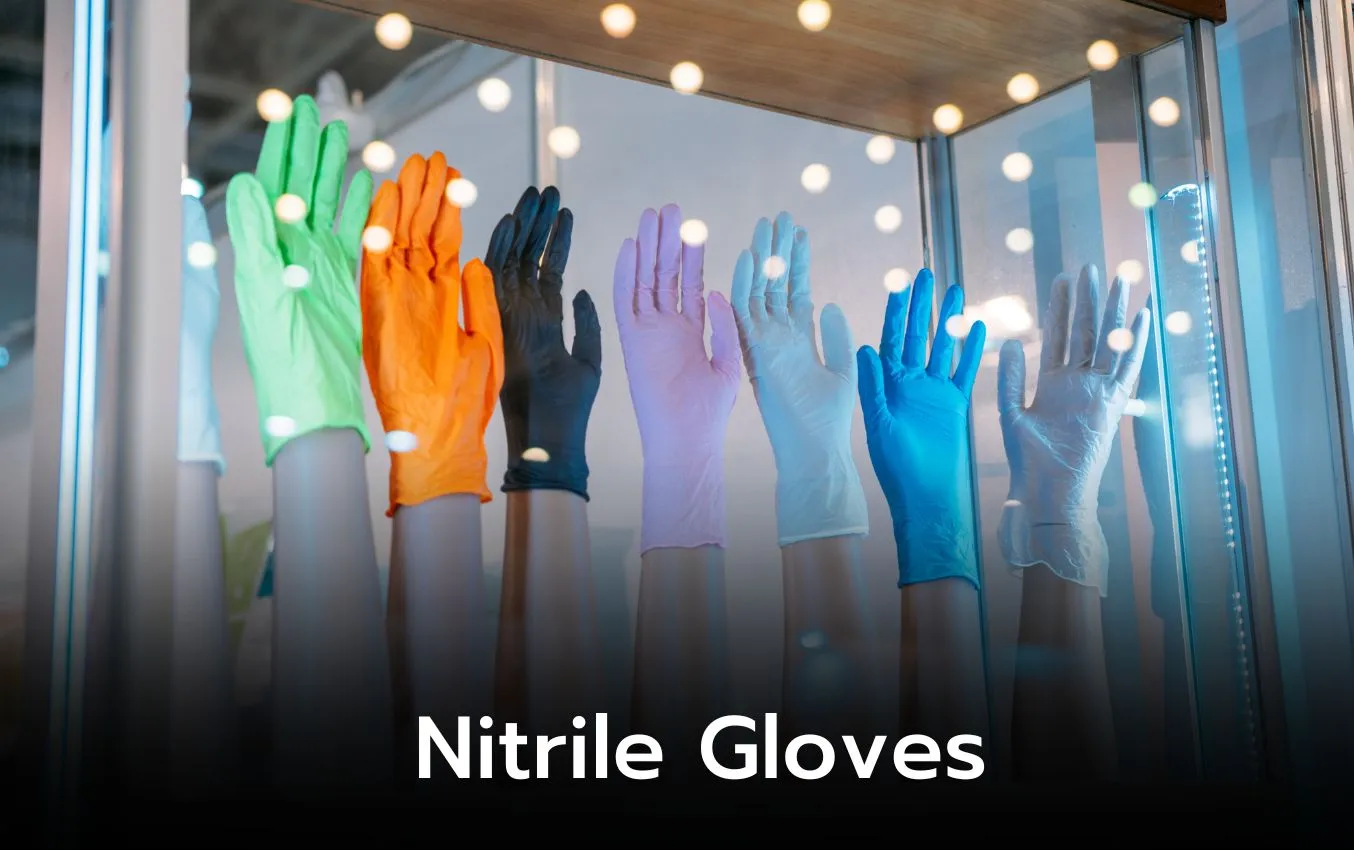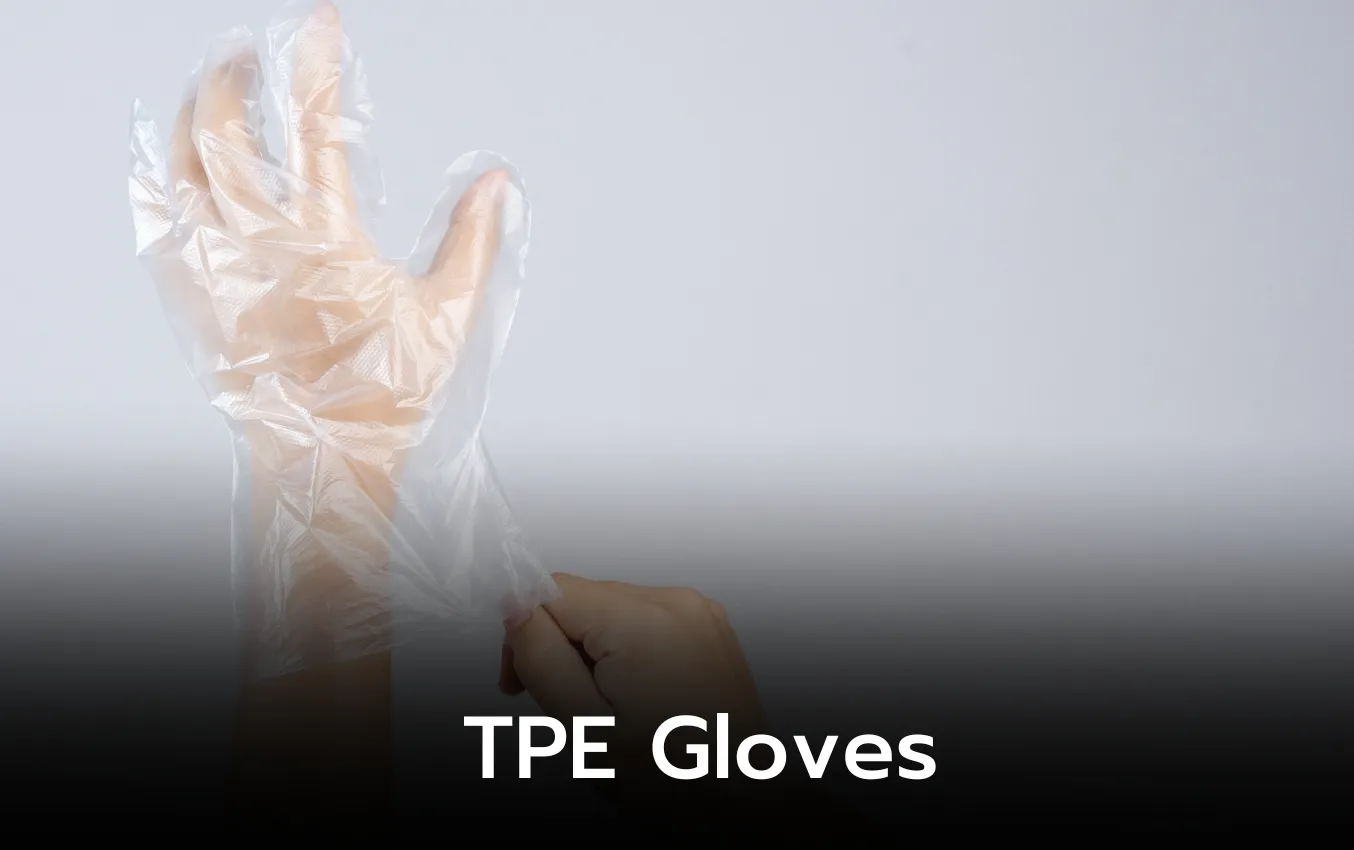As you consider your options for protective gloves, you may wonder how latex-free disposable gloves hold up in terms of durability and comfort during extended wear. Latex-free gloves, made from synthetic materials like nitrile, vinyl, and polyethylene, offer a safe and comfortable alternative for those with latex allergies and for use in various industries. But how do they perform when it comes to withstanding the rigors of prolonged use? In this article, we’ll examine into the world of latex-free disposable gloves, exploring their durability, comfort, and performance during extended wear, and helping you make an informed decision for your specific needs.
Benefits of Latex-Free Disposable Gloves
For individuals who require gloves for their work or daily activities, latex-free disposable gloves offer several benefits over traditional latex gloves.
Prevention of Allergic Reactions
An estimated 1-6% of the general population and up to 12% of healthcare workers are allergic to latex proteins, which can cause symptoms ranging from skin irritation to anaphylaxis. Latex-free gloves eliminate the risk of allergic reactions, providing a safe alternative for individuals with latex allergies.
Advantages for Prolonged Use
One of the significant advantages of latex-free gloves is their suitability for prolonged use in various industries. They are designed to be more comfortable to wear and help keep hands nourished throughout the day, particularly for those suffering from dermatitis due to regular glove wearing and repeated handwashing.
Prolonged use of latex-free gloves is made possible by their excellent chemical resistance, durability, and comfort features. These gloves are designed to withstand the demands of extended wear, providing a reliable barrier against chemicals, punctures, and other hazards. With latex-free gloves, you can focus on your work without worrying about the limitations of traditional latex gloves.
Materials Used in Latex-Free Disposable Gloves
Clearly, the choice of material is crucial in determining the performance of latex-free disposable gloves. There are several synthetic materials used to manufacture these gloves, each with its unique characteristics and benefits.

Nitrile
On the top of the list is nitrile, a popular choice due to its excellent chemical resistance, making it suitable for tasks involving hazardous materials or cleaning. Nitrile gloves are also thin yet strong, providing good tactile sensitivity and a tight, comfortable fit.

Vinyl
Nearly as popular as nitrile, vinyl gloves are another affordable alternative that are easy to slip on and comfortable to wear. They are suitable for a variety of food service and medical applications.
To further elaborate, vinyl gloves are made from PVC and are less durable than nitrile gloves. However, they provide adequate protection for low-risk tasks and are very cost-effective.

TPE (Thermoplastic Elastomer)
Gloves made from TPE are stretchy and comfortable, suitable for light tasks and food handling due to their waterproof and lightweight properties.
Materials like TPE are designed to provide a comfortable fit and flexibility, making them ideal for industries like food service or cleaning, where gloves need to be worn continuously. The breathable materials and moisture-wicking properties of these gloves help keep your hands dry and comfortable, even during prolonged use.
Durability and Comfort of Latex-Free Gloves
All latex-free disposable gloves are designed to provide a comfortable and durable solution for individuals with latex allergies and for prolonged use in various industries.
Key Materials for Durability
An necessary aspect of latex-free gloves is the material used to manufacture them. Nitrile, vinyl, and polyethylene are popular choices due to their durability and resistance to chemicals and punctures.
Comfortable Material Options
To ensure comfort during prolonged use, latex-free gloves are made from materials that prioritize flexibility and softness. TPE and some vinyl gloves are known for their comfort, making them ideal for industries like food service or cleaning.
Plus, these materials are designed to conform to the hand, providing a snug fit that enhances dexterity and ease of movement.
Durability Testing and Standards
Materials used in latex-free gloves undergo rigorous testing to ensure they meet specific durability standards. These tests include puncture resistance, chemical resistance, and tensile strength, ensuring that the gloves can withstand tough conditions without failing.
Material quality is crucial in determining the durability of latex-free gloves. High-quality nitrile gloves, for example, exceed medical-grade standards for barrier protection and have reduced risk of cross-contamination due to their unique surface characteristics.
Longevity in Various Industries
Standards for durability vary across industries, but latex-free gloves like nitrile offer longevity and reliable performance in industries like healthcare, automotive, and chemical processing.
Testing has shown that nitrile gloves can withstand harsh chemicals and can be used for longer periods compared to latex gloves, making them an ideal choice for high-risk environments.
Comfort Features
With comfort in mind, latex-free gloves are designed with features like moisture-wicking properties and breathable materials to keep the hands dry and comfortable, even during prolonged use.
Longevity is key in comfort features, as latex-free gloves are designed to provide comfort and support throughout the day, reducing fatigue and discomfort.
Comparison with Latex Gloves
Keep in mind that latex-free disposable gloves have several advantages over traditional latex gloves, particularly for those with latex allergies and for prolonged use in various industries.
| Latex-Free Gloves | Latex Gloves |
|---|---|
| Made from synthetic materials like nitrile, vinyl, and polyethylene | Made from natural rubber latex proteins |
| Suitable for tasks involving hazardous materials or cleaning | May cause allergic reactions in some individuals |
| Thin yet strong, providing good tactile sensitivity and a tight, comfortable fit | May degrade easily when exposed to harsh chemicals |
Durability and Chemical Resistance
With latex-free gloves, you can expect superior durability and chemical resistance compared to latex gloves. Nitrile gloves, in particular, offer excellent puncture resistance and chemical resistance, making them ideal for medical settings and industries involving chemicals.
Comfort Contrasts
One of the key differences between latex-free and latex gloves is comfort. While latex gloves are known for their high level of comfort and flexibility, latex-free gloves like nitrile provide better durability and chemical resistance, making them more suitable for high-risk environments.
Chemical resistance is a critical factor in glove selection, especially in industries where exposure to harsh chemicals is a concern. Latex-free gloves, particularly nitrile, offer superior chemical resistance, ensuring that your hands are protected from harmful substances.
Performance and Comfort Differences
On the other hand, latex-free gloves are generally more comfortable and safer for individuals with allergies. They also perform better in environments where chemical exposure is a concern, offering longer wear times without degradation.
Plus, latex-free gloves are designed to be more comfortable to wear and help keep hands nourished throughout the day, particularly for those suffering from dermatitis due to regular glove wearing and repeated handwashing. The moisture-wicking properties of some latex-free gloves, such as Unigloves’ Vitality range, help keep hands comfortable during extended use.
So, as you weigh your options for disposable gloves, remember that latex-free alternatives offer a reliable combination of durability and comfort for prolonged use. By prioritizing quality materials and manufacturing processes, you can find gloves that meet your specific needs and preferences, ensuring a safe and comfortable experience, even for those with latex allergies.
